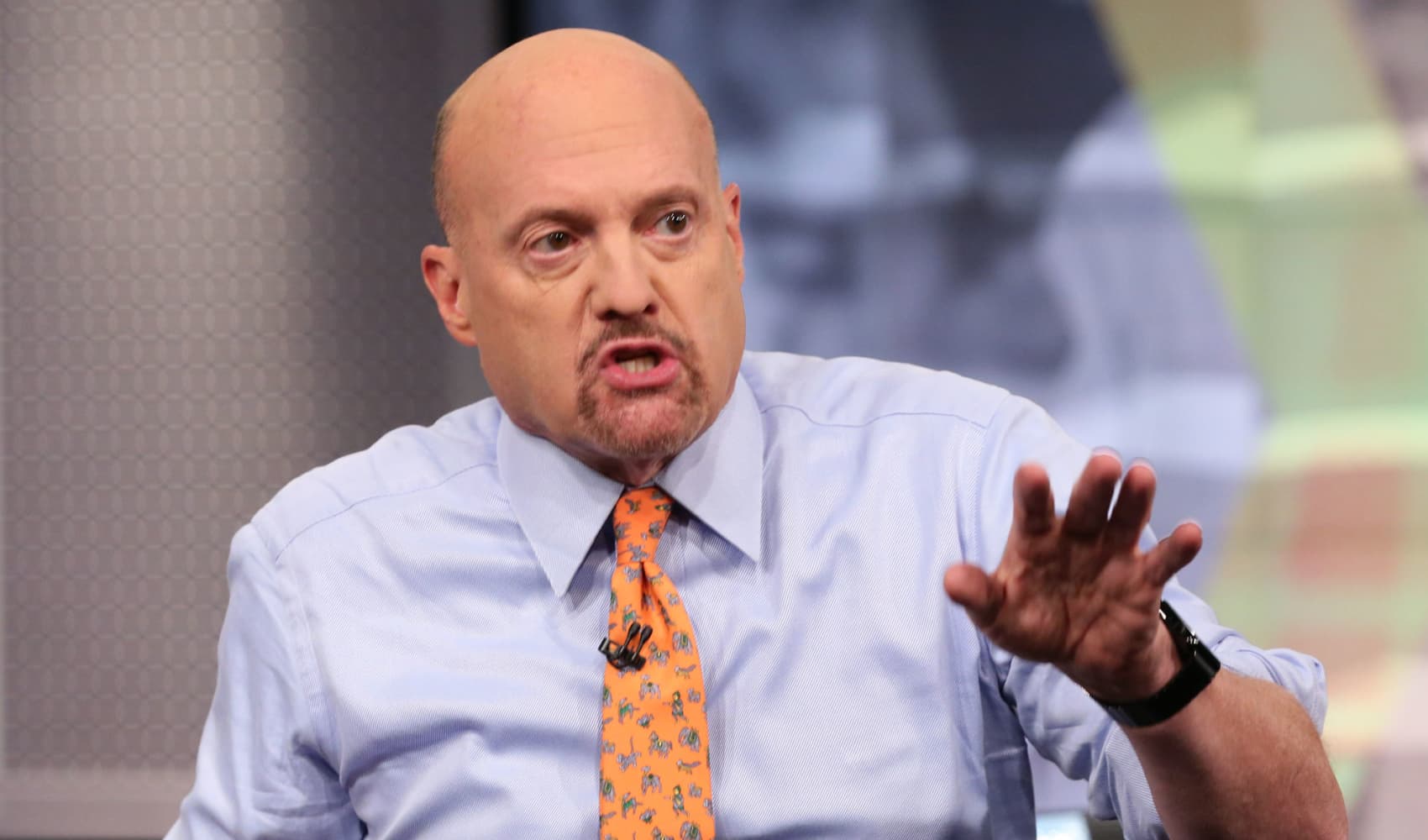
Low-wage workers have been fighting for a higher minimum wage for years.
The federal minimum is currently $7.25 per hour and the federal tipped minimum for workers who earn part of their wages through tips is $2.13 per hour. In 2012, fast food workers in New York City began demanding $15 per hour, which helped inspire the Fight for $15 movement across industries and lawmakers in Congress to introduce the Raise the Wage Act of 2021. That called for raising the federal minimum wage to $15 by 2025.
Federal lawmakers have since introduced the Raise the Wage Act of 2023, which calls for a hike in the minimum wage to $17 per hour by 2028. It was last referred to the Committee on Health, Education, Labor, and Pensions in July 2023.
"Workers and advocates, including policymakers, have long realized that $15 is insufficient and moved the goalpost a bit to $17," says Kaitlyn Henderson, a senior researcher at Oxfam.
Henderson recently looked into just how many U.S. workers earn less than that $17 per hour. She published her findings in Oxfam's recent report, The Crisis of Low Wages, and found that more than 39 million workers are at that wage point. They make up about 23% of U.S. workers altogether. Still, she says, there has been a decrease in workers making a low wage in the last few years.
Here's why these workers' pay has somewhat improved, and why so many millions continue to earn so little.
Workers aren't 'willing to accept' the same conditions
The last time Oxfam studied low wages was in 2022, and they used $15 per hour as the benchmark. This time around, Henderson found that "there are significantly fewer people making less than $15 an hour than there are making less than $17 an hour," she says. There are multiple reasons this is the case.
- Many states continue to raise their minimum wages. Almost half, 22 states, raised their minimum wages in January 2024. That raised the pay for nearly 10 million workers, according to the left-leaning Economic Policy Institute. Seven states now have a minimum wage at or above $15 per hour, and Washington, D.C.'s minimum wage is now $17.50 per hour. "As they continue to annually increase their minimum wages, the number of low-wage workers does go down," says Henderson.
- Similarly, many states hiked their tipped minimum wages — or did away with a tipped minimum altogether. Maine raised its tip minimum to $7.08 per hour from $6.90, and Oregon has done away with a tipped minimum. That "goes quite a long way to addressing the prevalence of low-wage workers," says Henderson, "and especially the prevalence of poverty in working adults."
- Finally, the Covid-19 pandemic has had an effect. Post Covid, low-wage workers "weren't willing to accept a lot of the same conditions that they did before," says Judy Conti, director of government affairs at the National Employment Law Project. She adds that, "employers had to pay more money in order to get people to work for them, and workers realized the power that they held in the moment." Real wages, or those adjusted for inflation, for low-wage workers grew 12.1% between 2019 and 2023, according to EPI.
53% of tipped wage workers earn less than $17 per hour
Money Report
All that said, there are still nearly 40 million workers making less than $17 per hour.
That's in part because the federal minimum wage has remained $7.25 per hour since 2009. That's the longest stretch of time the federal minimum hasn't budged since it was established in 1938, according to Oxfam.
Twenty states have a minimum wage of $7.25 or less per hour. They are largely the states with the highest proportion of workers earning less than $17 per hour, according to Oxfam.

They include Mississippi with 33.9% of its workers earning less than $17 per hour, Oklahoma with 31% of its workers, Louisiana with 30.9%, Kentucky with 30.8%, Texas with 29.9% and North Carolina with 28.8%.
Tipped wage workers have an even harder time reaching that threshold. Nationwide, more than half, 53% of tipped wage workers earn less than $17 per hour, according to the report.
77.6% of health care and social assistance workers are women
It is often women and communities of color who end up suffering the most from these policies.
A third, 33% of Latin or Hispanic workers and 32% of Black workers earn less than $17 per hour, compared to 21% of white workers, according to the report. More than a quarter, 27%, of working women earn less than $17 per hour compared to 19% of men.
That's in part due to occupational segregation, or overrepresentation or underrepresentation of a demographic group in a particular field.
The care industry is dominated by women. A majority, 77.6% of health care and social assistance workers are women, which includes jobs like home health aides, who make a median of $16.12 per hour, according to the Bureau of Labor Stastics. Women make up an overwhelming majority, 94%, of child-care workers, according to the National Women's Law Center. They make a median of $14.60 per hour, according to BLS.

Agriculture is a field where people of color are overrepresented. More than half, 63% of agricultural workers were born in Mexico, according to the National Center for Farmworker Health. They make a median of $16.73 per hour, according to BLS.
Another community more likely to end up with low-wage work is single parents. Nearly half, 42% of single parents earn less than $17 per hour, according to Oxfam. Single parent homes are about four times more likely to be led by single mothers than single fathers, according to the Census Bureau.
West Virginia is the cheapest state — $17 per hour would not be livable there
Even for those making that $17 per hour or just above, it is hard to make a living.
The cheapest U.S. state is West Virginia, according to a CNBC analysis. Even there, the cheapest place to live is Mercer County, where a single adult with no children could live on $17.23 per hour, according to MIT's Living Wage Calculator. In most counties in West Virginia, a single person with no dependents would have to make at least $18 per hour.
Henderson is hopeful for the future, however. "I think there are several states that are making their way towards a higher wage than $17 an hour," she says. "And that is super exciting to see."
Want to stop worrying about money? Sign up for CNBC's new online course Achieve Financial Wellness: Be Happier, Wealthier & More Financially Secure. We'll teach you the psychology of money, how to manage stress and create healthy habits, and simple ways to boost your savings, get out of debt and invest for the future. Start today and use code EARLYBIRD for an introductory discount of 30% off through September 2, 2024.
Plus, sign up for CNBC Make It's newsletter to get tips and tricks for success at work, with money and in life.






